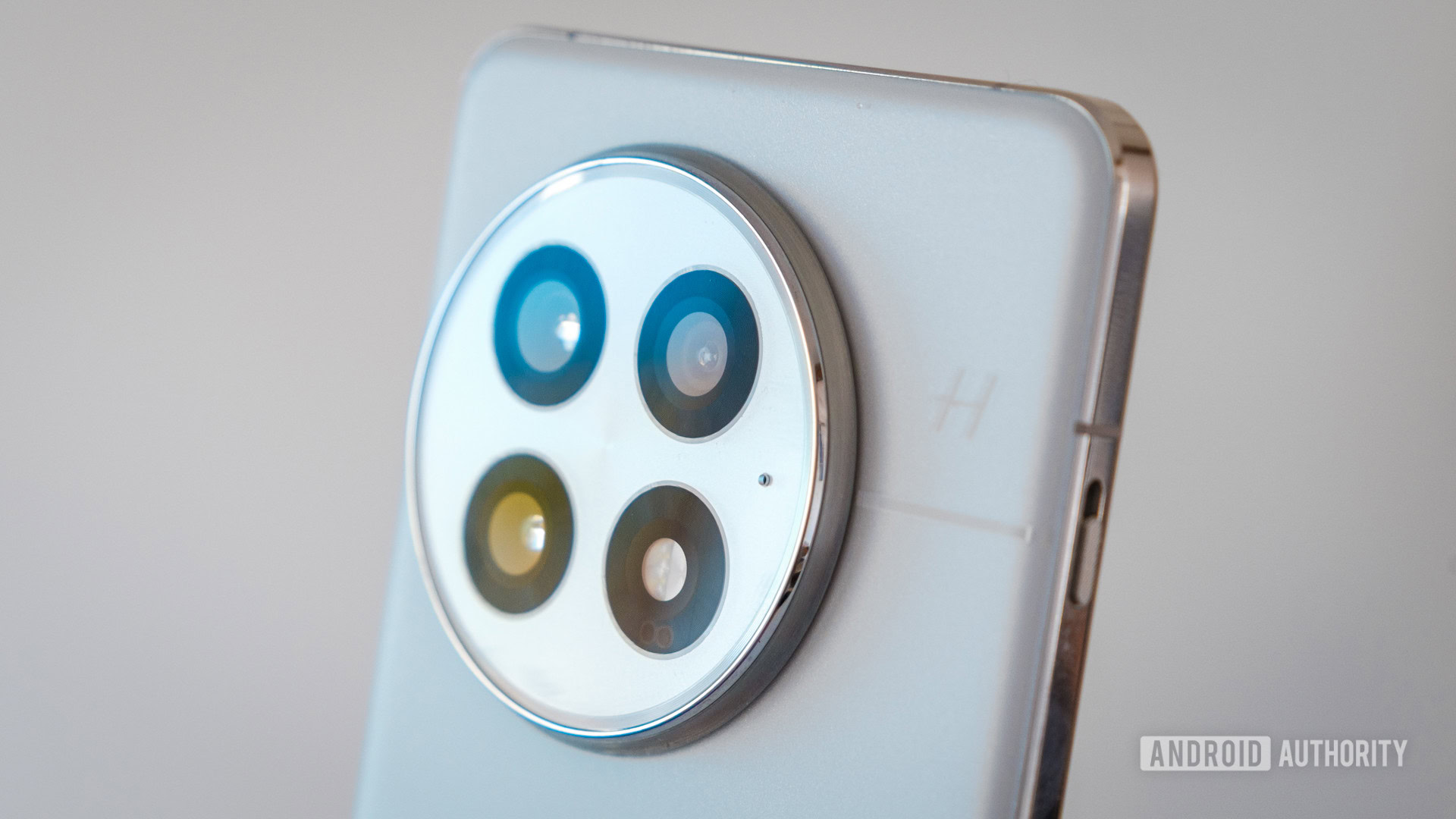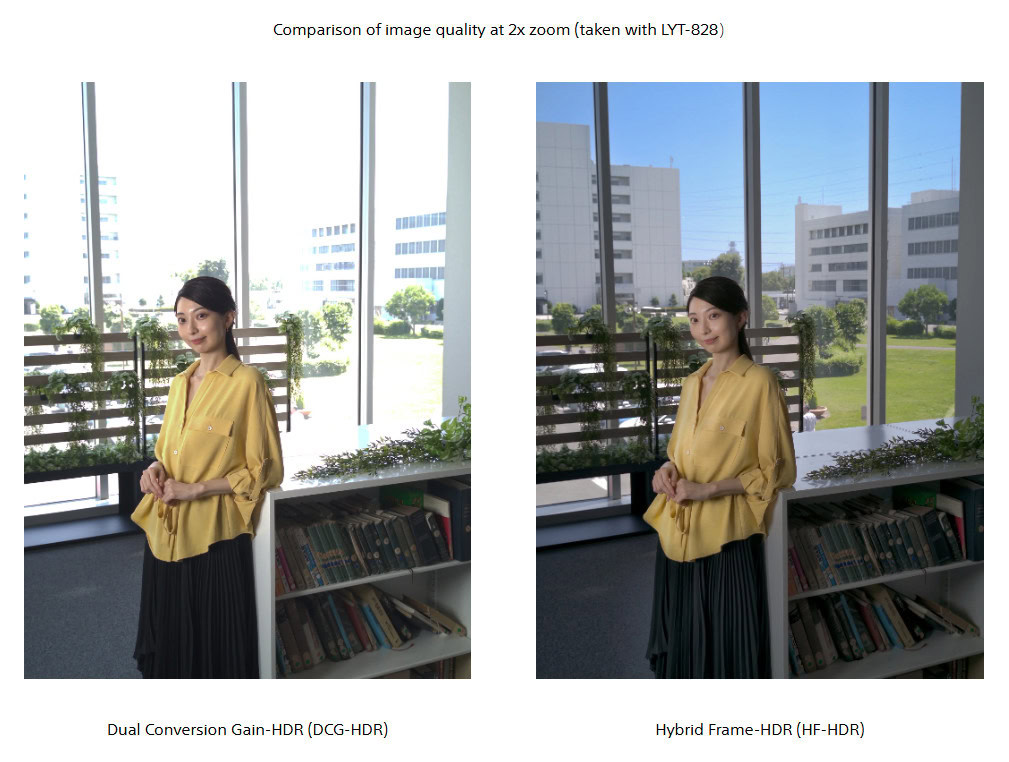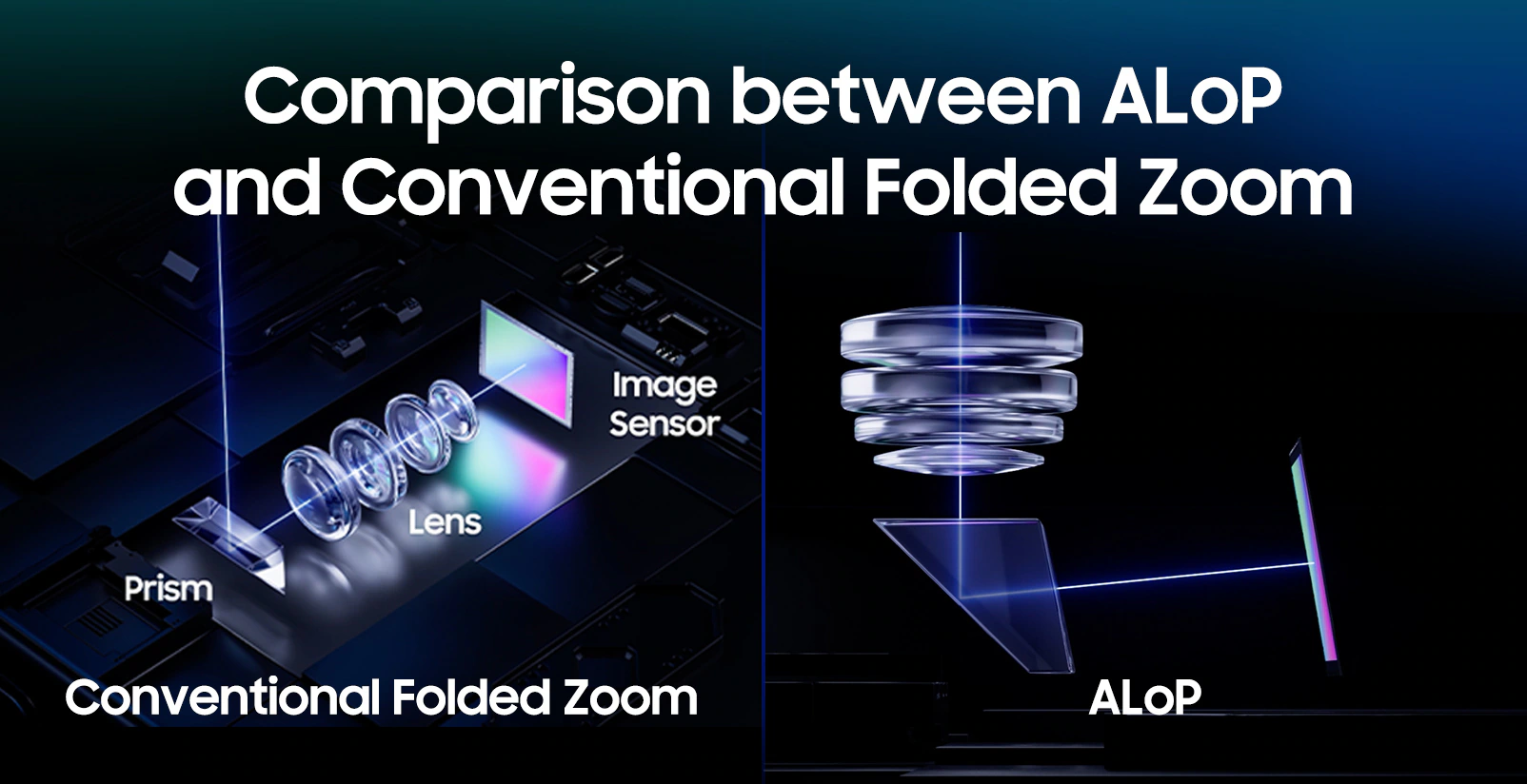Developer Offer
Try ImaginePro API with 50 Free Credits
Build and ship AI-powered visuals with Midjourney, Flux, and more — free credits refresh every month.
Smartphone Camera Tech Is Far From Finished
I've seen some absolutely phenomenal camera phones cross my desk this year. The extravagant Xiaomi 15 Ultra and more mainstream OnePlus 13, in particular, have upped the ante on the iPhone, Galaxy, and Pixel triopoly, providing avid photographers more choice than ever before.
While some of their best bits will inevitably trickle down to more affordable price points, there’s also a sense that we might finally be bumping up against the wall of progress.
We can’t fit bigger sensors in our phones without accepting colossal camera bumps or overly-wide fields of view. Likewise, the best zoom cameras are increasingly resorting to clever crops and upscaling, given the lack of space for physically longer focal lengths. All hope is not lost, though; there are some important mobile photography innovations on the horizon that you should still keep an eye out for.
Smarter Sensors and Superior HDR

Let’s face it, smartphone sensor sizes will never reach the lofty heights of compact mirrorless cameras. 1-inch sensors are about as large as is feasible, and the best camera phones have settled around the 1/1.3-inch mark for a while.
Instead, sensors are turning to smarter tricks to capture better light. Take Sony’s newly announced LYT-818, which sports new Hybrid Frame-HDR (HF-HDR) technology. It builds on existing techniques by merging short-exposure frames to capture bright highlights, providing over 17 stops of dynamic range. This results in fewer blown-out backgrounds and better subject detail. The sensor also features ultra-high conversion gain (UHCG) technology to reduce noise in low-light shots.

Sony isn’t alone. OmniVision’s new 1-inch OV50X uses a different technology called LOFIC to achieve a similar single-exposure HDR of nearly 110 decibels, making it a potential powerhouse for both photography and videography.
Reinventing Zoom Without the Bulk

Samsung’s ISOCELL sensors also have new tricks. The 200MP ISOCELL HP9 impressed with its 2x or 4x in-sensor zoom, which achieves a "lossless" effect by taking a high-resolution crop from the center of the sensor. This technique is becoming more common across brands for 2026 models.
In-sensor zoom and more compact periscopes will provide seamless zoom coverage.
Even more promising innovations are emerging for long-range zoom. At CES 2025, Samsung demonstrated its All Lenses on Prism (ALoP) concept, which places lens elements on top of the prism in periscope cameras. This trims the module's thickness while allowing for a larger aperture—tackling the two biggest problems for phone zoom cameras: size and low-light performance.

Similar tech is already here. The impressive zoom on the OPPO Find X8 series is powered by its Triple Prism Periscope Structure. These advancements, along with novel ideas like variable focal lengths, are making smartphone zoom more powerful and flexible than ever.
The AI Engine Driving Modern Photography

AI is already a core part of the camera experience, and it's only becoming more central. From subtle exposure tweaks to full-scene reconstruction, AI does much of the heavy lifting, and the latest chipsets are bringing these features to more affordable phones.
Brands are already showing how powerful AI can be. The OnePlus 13's impressive zoom is a showcase of smart AI processing, while Google’s Pixel series continues to set the standard for computational photography. The upcoming Google Pixel 10 will likely push further with AI-enhanced zoom and advanced semantic segmentation.
Looking ahead, AI will revolutionize low-light photography by using learned models to clean up noise while preserving detail. Video will also see a major AI upgrade, with real-time semantic processing to optimize focus, exposure, and tone for every object in the frame.
AI can undoubtedly make photos better, but expect to sift through the gimmicks too.
In short, AI is becoming the backbone of smartphone photography, enabling everything from better zoom to smarter video, with most of the processing happening right on your device.
Flagship Features for Every Budget
![]()
While flagships get the flashiest toys, mid-range phones are catching up fast. Features like 4K video, OIS, and even telephoto zoom lenses—once exclusive to $1,000 phones—are now appearing on much more affordable models.
Sensor makers like OmniVision are driving this shift with components like the OV50M40, designed to support advanced features at a lower cost. The trade-off is often a smaller sensor and simpler optics, but the overall capabilities continue to climb.
Mid-range phones will quickly catch up with features recently considered flagship-tier.
By 2026–2027, it’s reasonable to expect mainstream phones to offer 50MP main cameras with quad-pixel binning and 4K video as standard, effectively matching the specs of today's flagships.
More of What We Already Love
![]()
Looking at the big picture, don't expect a major revolution in camera form factors. However, the combination of new sensor tech, smarter optical design, and powerful AI means we can expect dramatic improvements by 2026/27.
While today's smartphone cameras are already amazing, the industry continues to evolve rapidly. There’s plenty for photography buffs to look forward to in the coming generations.
Compare Plans & Pricing
Find the plan that matches your workload and unlock full access to ImaginePro.
| Plan | Price | Highlights |
|---|---|---|
| Standard | $8 / month |
|
| Premium | $20 / month |
|
Need custom terms? Talk to us to tailor credits, rate limits, or deployment options.
View All Pricing Details

